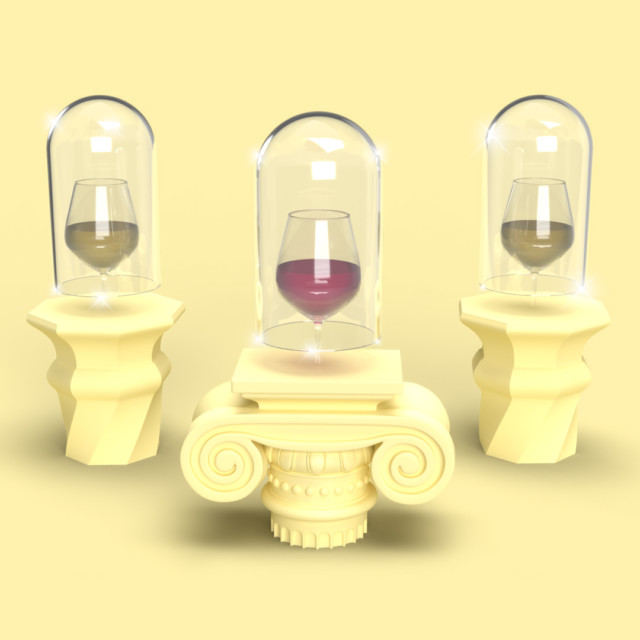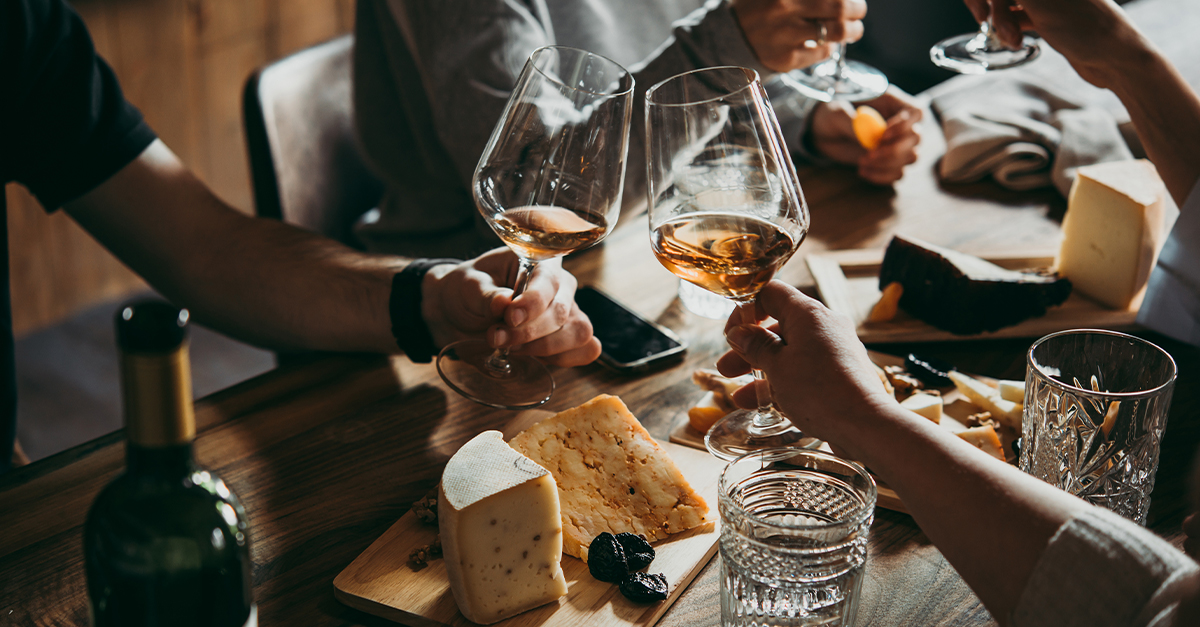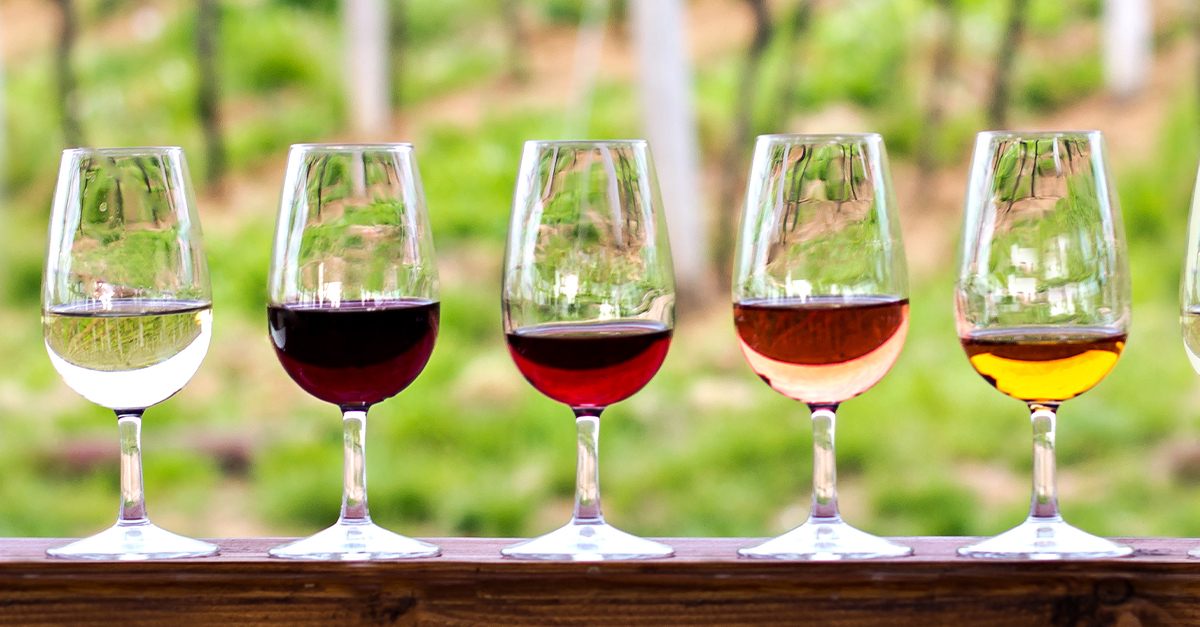One of the most important aspects of a sommelier’s job is leading wine tastings. More than just opening bottles and describing flavor profiles and pairings, leading a tasting is about facilitating an experience that gets attendees excited about the artistry behind the wine they’re drinking. I host dozens of tastings a year for industry professionals, friends, and even celebrities. In every tasting I host, my goal is to make the experience interesting, educational, and approachable based on the knowledge of the guests.
Read on for my top four tips on selecting the right wines for your event to ensure a successful tasting that gets people talking.
Think Outside the Box
When you’re assembling bottles for a tasting, especially one designed to highlight wines from a specific region, it’s easy to find yourself gravitating toward the classics. Who doesn’t love a Riesling from Germany or a Bordeaux red? Planning a tasting is a lot like picking a set list for a concert. People will always want to hear (or taste) the hits, but it’s the surprising cover or exciting encore that’s often the talk of the evening on the way home.
For that surprising cover that’s also an affordable crowd-pleaser, go for a rosé from Germany, like Schafer Frohlich Blanc de Noirs Rosé. It’s something a little unexpected, totally delicious, and accessible. For the encore, try ending your tasting with a Sauternes dessert wine, like a 2003 Château Climens, as its notes of honey, green tea, ginger, and saffron explode like a firework in your mouth and will certainly be a welcome surprise to those unfamiliar with the style. Wine can be intimidating, so I try to break the ice with something down to earth with a label that’s easy to read.
Reference Your Guest List
Any good host knows to cater an experience to those who will be attending — after all, you invited them because you wanted them to have a good time. Therefore, it’s important to make sure the wines you’ve selected are ones you think attendees will enjoy. Picking bottles for novice wine drinkers? Think about what will get them excited to learn more while introducing them to some can’t-miss classics. Got a room full of wine aficionados with stocked cellars of their own? Feel free to pull out the high-end, hard-to-find labels they’ll want to see.
Go With the Flow
A great tasting depends on cohesion. The wines you pick should feel as though they go together, even if they’re all vastly different styles. Think about the story that you want to tell, and make sure you personally taste the wines prior to the actual tasting to ensure they align with the vision you’re trying to create.
Once you’ve decided which wines you’re going to feature, you can then create a tasting order that will ensure that each bottle shines and stands out among the others for all the things that make them unique. I always try to choose wines that will take guests on a journey; I start with the lightest white, then move to heavier whites, then to a light red, then sweet wines last. If you start with a heavy red, it may shock people’s palates and taste more astringent than it actually is. Anything you drink after a sweet wine will taste bitter, so it’s important to taste more or less in this order.
Drop Some Knowledge
Most people attend sommelier-led wine tasting events because they’re genuinely interested in learning more about wine. Whether you’re introducing guests to a variety they’ve never tried or teaching them about the winemaking process, it’s important to select wines that will allow you to share some unique knowledge. For trained professionals this is easy, but if you aren’t one, you can read up on the wines you are selecting or consider taking beginner-friendly wine courses to prepare.
This is also a great segue to discussions of bigger-picture ideas that may not necessarily be top of mind for most consumers, such as the carbon footprint of wine or the impact of climate change on terroir. Whatever it is, make sure the people who attend the tasting can come away with new knowledge and a fresh perspective on the wines they tried.
Obviously, this is a non-exhaustive list of all of the considerations that go into wine selection for a tasting. There are many other factors to keep in mind, including price point, distribution (if your attendees are tasting along with you virtually), and more. However, starting with the above building blocks in mind can help you design a streamlined event that guarantees each guest a positive experience that’s been tailored to their specific needs — and keeps them coming back for more.


